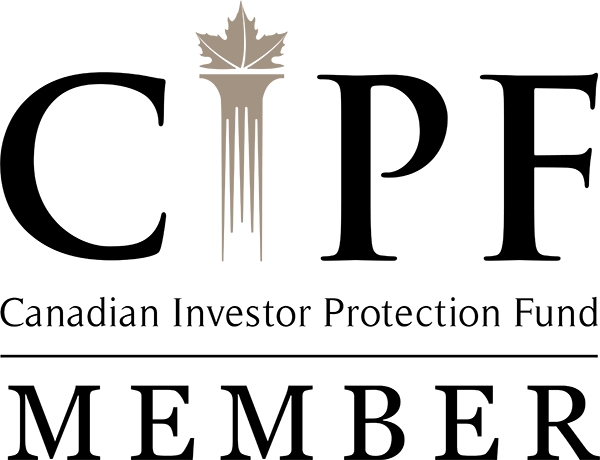Be Strategic With Borrowing
Borrowing can help you get what you need before you have the cash in hand to pay for it, but interest charges on loans can slow progress towards other financial goals. When you consider that the average Canadian household owed $1.72 for every $1.00 of disposable income in the first quarter of 2021,1 that’s a lot of drag on people’s hopes and dreams.
What’s key to remember about debt is that there’s a significant difference between borrowing to buy an asset you expect will appreciate in value (for example, a home or an investment) and borrowing to buy an asset you expect will depreciate in value (for example, a car or an appliance). When an asset’s value increases, that rise can help make up for interest costs paid. That clearly can’t happen with an asset whose value drops.
So, when you’re assessing your debt, it’s a good idea to focus on eliminating debt on depreciating assets as quickly as possible. Then you can turn your attention to debt on appreciating assets as you move towards complete debt freedom. Follow these five steps to tackle your debt efficiently.
1. Know what you owe
It’s essential to know exactly what you owe. Make a list that includes the outstanding balance, minimum monthly payment and interest rate for every debt – from mortgages and car loans to credit cards, lines of credit, student loans and any overdue bills.
2. Pick your top target
From a financial perspective, it generally makes sense to pay off debt with the highest interest rate first, because that’s costing you the most on every borrowed dollar. However, some people prefer to target debt with the smallest outstanding balance first so they can close down some accounts quickly before moving on to bigger debts. Any approach that gets you closer to repaying all debt is a move in the right direction.
3. Consider consolidating
Depending on your situation, it may make sense to move all your debt into one account charging a lower interest rate, such as a home equity line of credit that can charge less because it is secured by the value of your home. On a smaller scale, you may simply want to consolidate all credit card debt on the card with the lowest interest rate – but make sure you read the fine print on any balance transfer offers because attractive interest rates often bounce up after a limited time.
4. Commit to a repayment plan
Just as it makes sense to “pay yourself first” on a regular basis when you’re investing, it’s smart to make a commitment to pay back a specific amount towards your debts on a schedule. Choose an amount that fits into your household budget, treat it as an essential expense and stick with it. Also think through how you’ll stay on track if interest rates rise.
5. Decide how you’ll spend what you save in interest
As your outstanding balances drop, so will your monthly interest charges. That gives you a happy problem to solve: what will you do with the money you no longer have to spend on interest? You can apply it towards your debt to accelerate debt repayment, or you can use it to help meet other financial goals. The reward for reducing your debt is that you’ll have control over more of your money – so the decision is yours to make.
Do you know your credit score?
Five years ago, in 2016, an Equifax Canada survey found that two in three Canadians “rarely or never” checked their credit reports. By late 2020, likely motivated in part by the pandemic, a follow-up survey revealed more than seven in 10 had checked their credit reports within the past 12 months.2 It’s a good idea to have a look at your credit report once a year to see if there are any errors. If you haven’t checked your credit report lately, Equifax recently started offering this service free of charge for all Canadians after the Quebec government required both Equifax and TransUnion to provide free online access to credit reports to Quebeckers. Access your credit report and score here: https://www.consumer.equifax.ca/personal/products/credit-score-report/ Statistics and factual data and other information are from source Raymond James Ltd. (RJL) believes to be reliable but their accuracy cannot be guaranteed. Information is furnished on the basis and understanding that RJL is to be under no liability whatsoever in respect thereof. It is provided as a general source of information and should not be construed as an offer or solicitation for the sale or purchase of any product and should not be considered tax advice. Raymond James advisors are not tax advisors and we recommend that clients seek independent advice from a professional advisor on tax-related matters. Securities-related products and services are offered through Raymond James Ltd., Member - Canadian Investor Protection Fund. Insurance products and services are offered through Raymond James Financial Planning Ltd. (“RJFP”), a subsidiary of Raymond James Ltd., which is not a Member - Canadian Investor Protection Fund. When providing life insurance products, Financial Advisors are acting as Insurance Representatives of RJFP.





